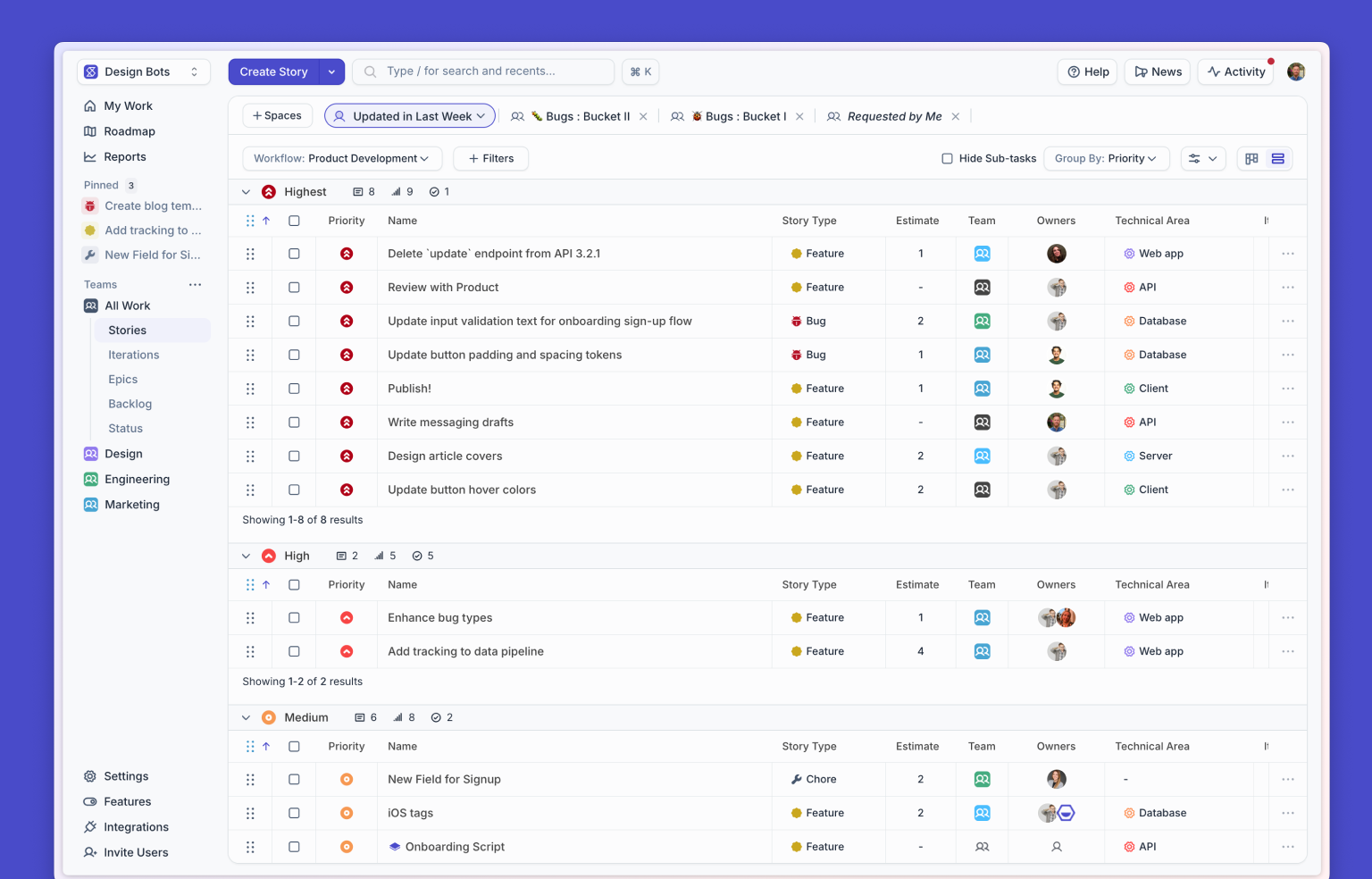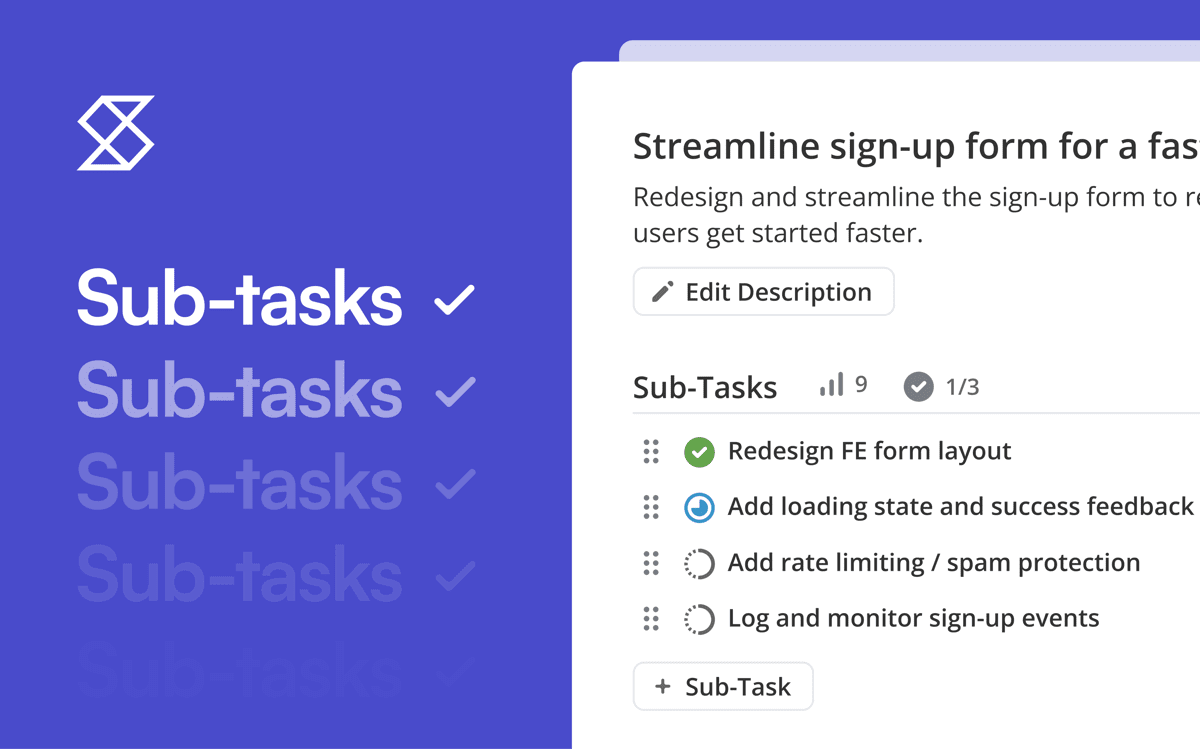People and companies love to talk about transparency, but they usually only talk about the positives. These days, the word “transparency” gets thrown around as much as “actionable insights” “innovation” and “visibility”; but, to me, it’s not just a buzzword. It’s a word whose true meaning is simply often overlooked. As well as its messiness.
Transparency is touted as a value and a virtue. And it is both. I believe in transparency - and it’s still a core value of this company that I helped co-found seven years ago.
But the truth is, transparency is complicated. It’s hard sometimes. If you claim to run a transparent organization and you never find it tough, you’re probably being less than transparent.
First, why fight for it? Here are eight reasons.
8 Reasons why transparency is worth it
- Transparency creates trust and collaboration across an organization.
- Transparency offers people more autonomy, because everyone can see the information that led to a decision, as opposed to only seeing the decision itself.
- Transparency leads to better decision-making, because otherwise the people in power tend to make decisions based on little recent outside information. Obviously, relying on stale mental models based on stale data is not helpful.
- Transparency allows for a more observable, verifiable organization.
- Transparency means that opinions and ideas can be more easily disassociated from who made them, and evaluated in a more scientific, apolitical way.
- Transparency is better for asynchronous work environments, because things are captured in an artifact, be it a document, a slide presentation, or a video call recording.
- Transparency is inclusive and accessible. All personality types and people throughout the organization can be involved.
- Transparency grants institutional memory. You can go back and understand why your organization made X decision, Y years ago. Something that was decided in a meeting room that wasn’t written down means that historical context is lost in the sands of time.
If transparency is so great, why does it cause issues?
A purist approach to transparency can cause real issues. Let’s be - yes, transparent - about these issues.
Our very human, innate, flawed mental decision-making process looks a lot like a weighted decision matrix, and humans unfortunately tend to assign weights to opinions and ideas based on who is expressing them. In my own experience, I’ve found it challenging to provide my opinion in a fully transparent way, because I want to avoid appearing to put my thumb on the scales (the HiPPO effect). In this way, leadership by its very nature can make it hard to push autonomy and decision-making out to teams.
It’s also hard to control feedback with transparency. We tend to want to share work with a trusted inner circle before sharing with a wider audience, and that trusted circle can feel left out if they aren’t asked for their opinion early enough.
There is the “design by committee” problem. When you have more people in the loop offering their points of view, you often end up with a noisy dust storm of opinions that don’t fit perfectly into two camps. You then need to make sense of the opinions and arrive at a decision. Some people are working to visualize this, for example, at Figma.
Finally, functional groups can risk “airing their dirty laundry” by having open disagreements. Departments naturally tend to become protective of what they own, resentful of what they don’t own, and sometimes eager to assert their power across the organization. They tend to want to have disagreements in private and present a unified front in public. This happens among cross-functional squads, functional departments, and across leadership, management, and ICs.
But transparency is still worth it
The co-founder of Greenhouse once told me, “When people can express their opinions and feel heard and acknowledged, but the team goes in a different direction, anyway, this fundamentally feels better than not having been consulted in the first place.”
Starting from a place of transparency and inclusion is fundamentally better and healthier than starting by default from a place of exclusion and privacy and then, in exceptional cases, make things transparent.
In the end, effective decision-making, ultimately, is not about consensus, but engagement, listening, and collaboration.
One of the core reasons we started Shortcut was to create high-functioning software teams, where it’s not only okay with leadership and management, but people are actually encouraged to collaborate, disagree, and resolve conflicts in public.
Many dysfunctional startups and established software teams are operating on low trust, which is a symptom of a lack of transparency. Shortcut puts you on a path toward trusting your team. Our tool is designed to combat the more dysfunctional impulses and dynamics that can occur, and is designed to foster transparency.
We believe that transparency should be the default. By definition, this makes private, exclusive conversations the exception.
Transparency is good. Transparency is messy. Embrace it.
If you want to work at a growing, transparent company, check out our job descriptions.
If you want to get to know Shortcut better sign up for a free trial.

















%20(788%20x%20492%20px)%20(1).png)
.png)

